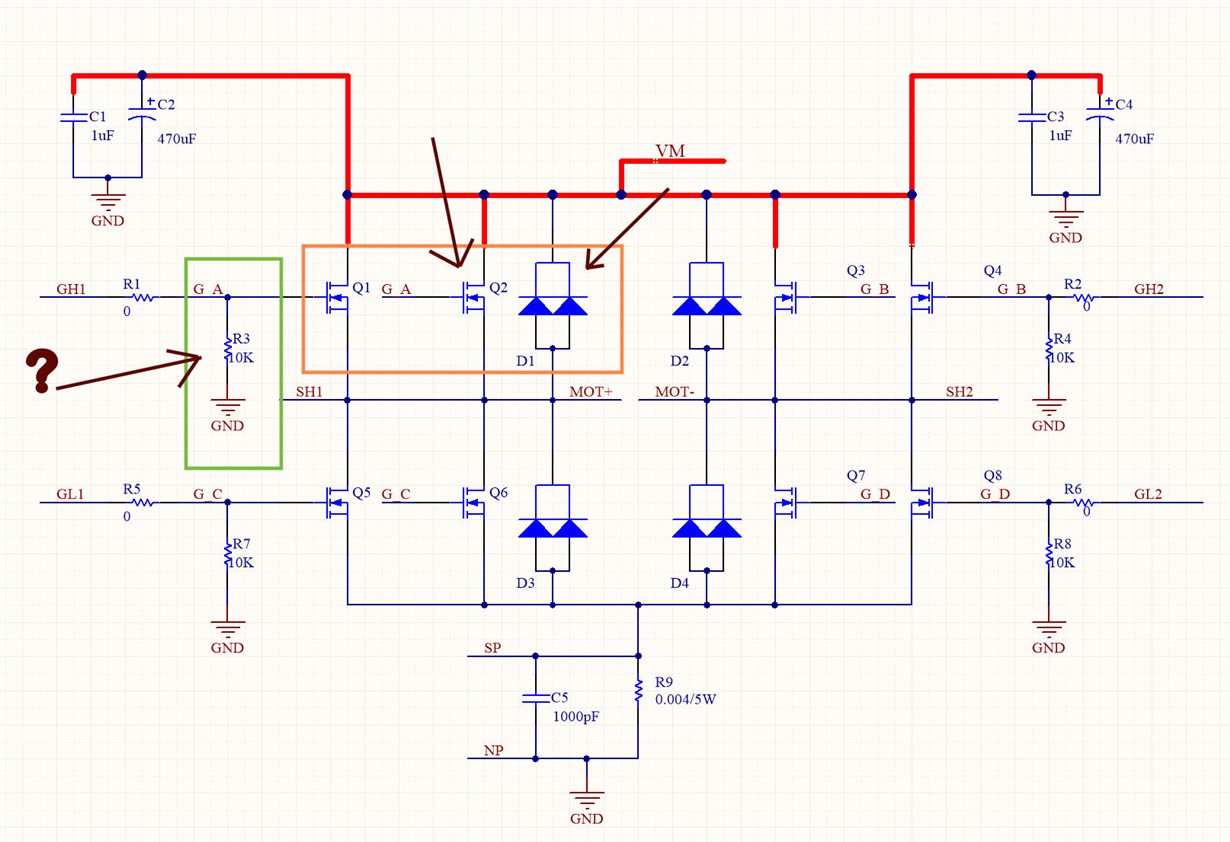Hello,
The truth is that I get a mess understand datasheet.
I would to know that maximun voltage the DRV8701 can apply at the gates of the MOSFET my Mosfets VGmax = +-20V
The pins that go to the microcontroller nSleep (IN) ,Vref (IN) ,snSOut (Out), So (Out), nFault (Out), How do I interpret the pins for the program? (such as 0 and 1 or as values A / D).
How to calculate the IDRIVE for the mosfets IRF3805.
THX.


